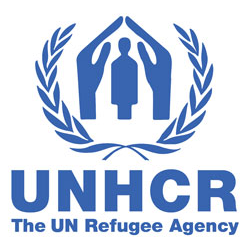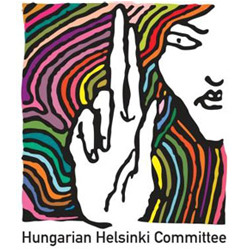Main Debates
- Has become the Cartagena Declaration on Refugees a source of international law as a regional custom?
- What role does the Cartagena Declaration on Refugees as a humanitarian regional approch play within the framework of the global debate on refugee protection?
Main Points
- Incorporation of the Cartagena principles into national legislation
- The importance of regional approaches in the search for solutions for refugees
- The use of soft law to advance international refugee law, including the adoption of national legislation
- The consistent application of the Cartagena refugee definition
Soft Law
- Brazil Declaration and Plan of Action: A Framework for Cooperaton and Regional Solidarity to Strengthen the International Protection of Refugees, Displaced and Stateless Persons in Latin America and the Caribbean, 3 December 2014.
- Brasilia Declaration on the Protection of Refugees and Stateless Persons in the Americas, 11 November 2010.
- Mexico Declaration and Plan of Action to Strengthen the International Protection of Refugees in Latin America, 16 November 2004.
- San José Declaration on Refugees and Displaced Persons, 7 December 1994.
- Cartagena Declaration on Refugees, 22 November 1984.
Inter-American Commission on Human Rights
Annual Reports
- Annual Report (1984–1985) 1 October 1985, (OEA/Ser.L/V/ll.66) (analysis of the situation of refugees in the American States, with special emphasis on en masse displacement and the importance of the Cartagena Declaration on Refugees).
General Assembly of the Organisation of American States
Resolutions
- Resolution AG/RES. 1336 (XXV-O/95), 1995. The situation of refugees, returnees, and internally displaced persons in the hemisphere (recognition of the principles stated in the San José Declaration on Refugees and Displaced Persons, and a call for Member States to develop a process of legal harmonization in this regard).
- Resolution AG/RES. 774 (XV-O/85), 1985. The juridical situation of refugees, returnees, and internally displaced persons in the hemisphere (recommendation to Member States to apply the 1984 Cartagena Declaration on Refugees, in case of refugees on their territory).
Readings
Core
- UNHCR, ’Summary Conclusions on the Interpretation of the 1984 Cartagena Declaration`s Refugee Definition, Expert meeting: Interpretation of the extended refugee definition contained in the 1984 Cartagena Declaration on Refugees’, Montevideo, Uruguay, 15-16 October, 2013
- L. Franco and J. S. de Noriega, ‘Contributions of the Cartagena Process to the Development of International Refugee Law in Latin America’,in Memoir of the Twentieth Anniversary of the Cartagena Declaration on Refugees (San Jose: UNHCR, Editorama, 2004), pp. 92–119.
- H. Gros Espiell, ‘La Declaración de Cartagena como fuente del derecho internacional de los refugiados en América Latina’, en 10 años de la Declaración de Cartagena sobre Refugiados: Memoria Coloquio Internacional, (San Jose: IIDH-ACNUR, 1995), pp. 460–465.
Extended
- M. Reed-Hurtado, ‘The Cartagena Declaration on Refugees and the Proetction of People Fleeing Armed conflict and other Situations of violence in Latin America’, Legal and Protection Policy Research Series, UNHCR, Division of International Protection, June, 2013.
- M. Sepulveda, ‘The treatment of asylum seekers and refugees based on the Cartagena Declaration on Refugees and the norms of international human rights law’ in Memoir of the Twentieth Anniversary of the Cartagena Declaration on Refugees (San Jose, UNHCR, Editorama, 2004), pp. 315-340.
- E. Arboleda, ‘The Cartagena Declaration of Refugee and its Similarities to the 1969 OAU Convention-A Comparative Perspective’, International Journal of Refugee Law (1995/7).
- E. Arboleda, ‘Refugee Definition in Africa and Latin America: The Lessons of Pragmatism', International Journal of Refugee Law (1991/3).




